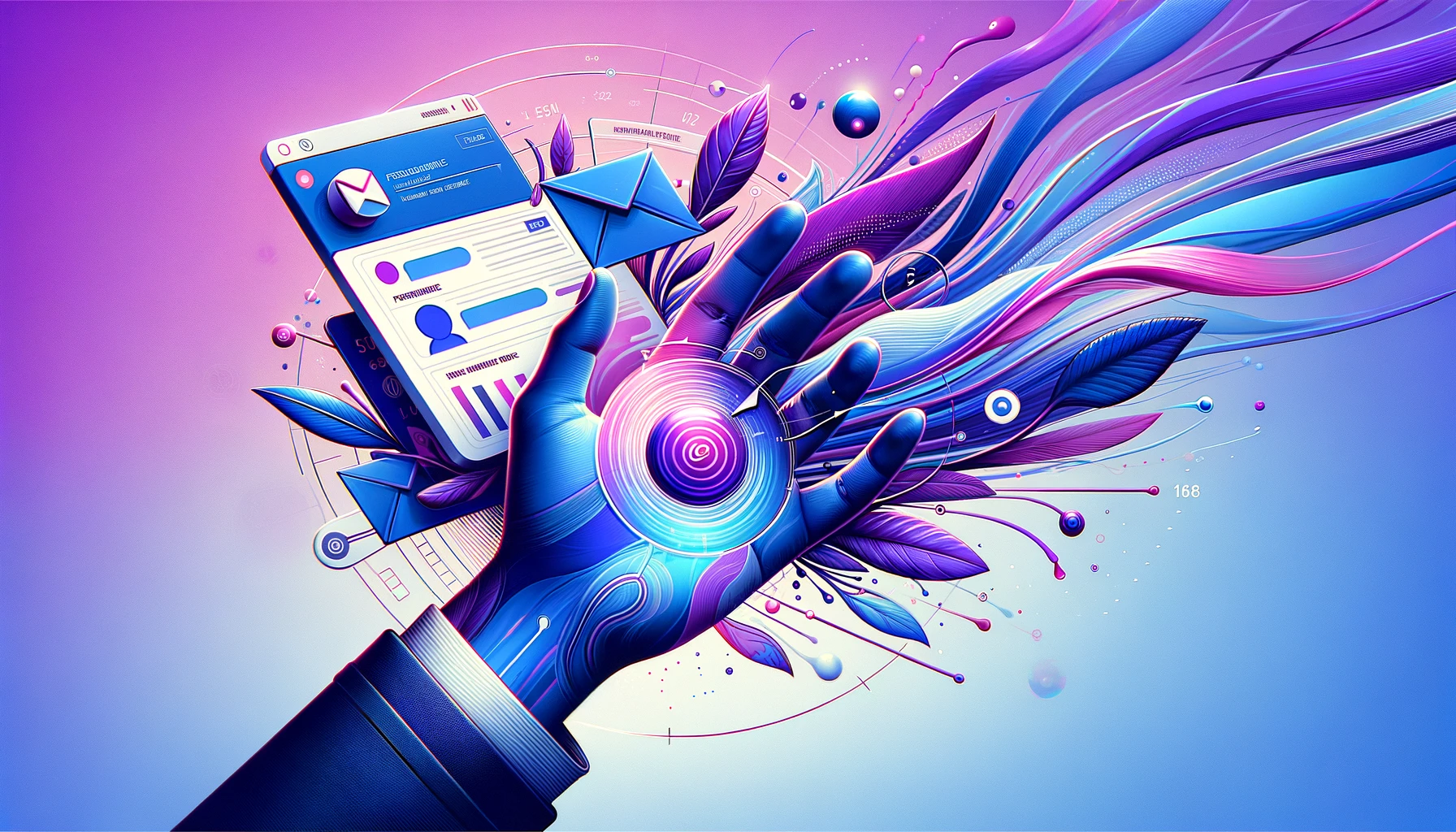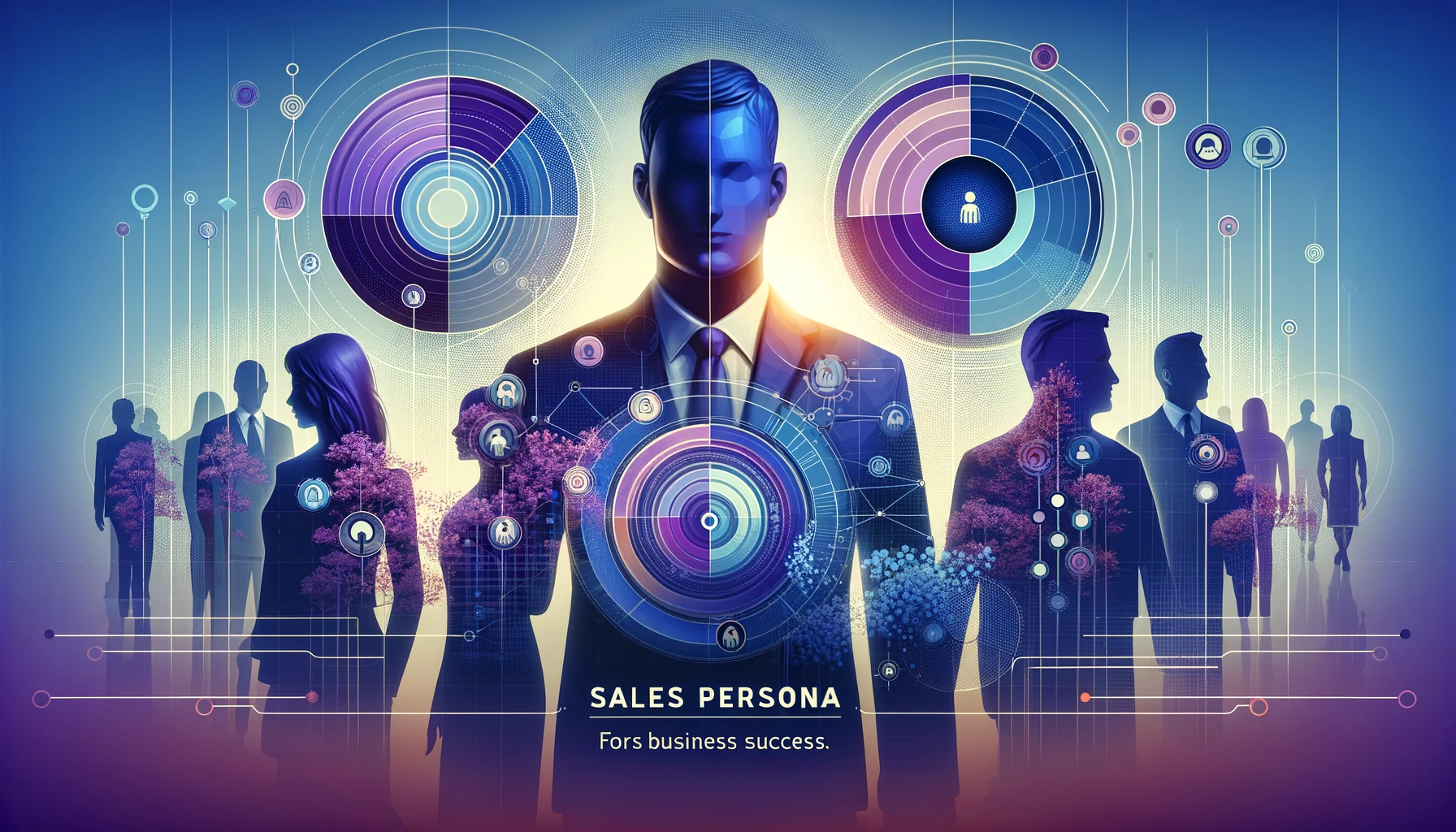5 Levels of Email Personalization for Your Sales Outreach

Explore the 5 levels of personalization to transform your emails from generic to legendary
“How personalized is my email outreach?”
That’s the question you should be asking yourself.
Lack of personalization is the fastest way to ensure your emails go straight to spam. To make matters worse, your emails aren’t the only casualty. The more your emails are flagged as spam, not only will your inbox reputation plummet, but your account could be blocked.
Making this more challenging is the fact it takes ~4 weeks to properly warm up a new account for cold outreach. Unless you manage to lift the block or you happen to have a backup account already warmed up and at the ready, a blocked account will set your outreach back at least a month.
Fortunately, there’s a tactic that can help avoid this nightmarish scenario – email personalization. So to save your emails from landing in spam, you’ll need to step up your game and create hyper-personalized, tailored messages.
In today’s world of digital marketing, there’s no in-between – Either you go big on personalization, or you go home.
It’s time to transform your emails from generic to legendary. Keep reading to discover the 5 levels of email personalization (or risk falling behind).
What is email personalization?
In the “old days”, generic templates and sequences used to be enough to yield the results you wanted.
But as inboxes became flooded, readers started tuning out standardized, generic emails. The only option for making yourself heard is personalization.
Email personalization can be divided into several distinct levels, but in general, personalization describes the use of a subscriber’s information to make emails more relevant and targeted.
Here are a few examples of the type of info frequently used in personalization:
- Name
- Company
- Industry
- Position
- History (e.g. purchases, downloads)
- Social media footprint (posts, shares, likes)
- Recent news (e.g. closing a funding round)
The list goes on as these are far from the only types of internal and external data you can use when personalizing outreach.
Why email personalization is important
If you’re not already doing so, there are several big reasons why you should start personalizing your content:
- It improves the seller-buyer relationship by making readers feel like they’re valued and understood while their needs and preferences are being catered to.
- It delivers a ‘unique’ experience by transforming email content from a ‘one-size-fits-all’ approach into something that shows you cared enough to look into their needs and interests.
- It maximizes campaign performance by improving an email’s chances of standing out in a crowded inbox.
- It is becoming the new marketing standard thanks to personalized emails yielding better results.
Email personalization is a bit like going to a restaurant. Dining out is a much more enjoyable time when your waiter addresses you by name, the restaurant places you by the window with a magical view, and your order is made taking into account your tastes and possible allergies.
Such an experience will make you want to return at some point. The same is true for emails – When an email is personalized well, subscribers will keep reading and either send a response or eagerly wait for the next email.
Returning to the restaurant analogy, not all restaurants deliver such a unique dining-out experience. While some are completely unique, others (such as McDonald’s or Burger King) sacrifice uniqueness in favor of speed and familiarity.
And just like restaurants, there are several levels of email personalization.
Level 1: Basic personalization
Basic personalization is all about adding a ‘personal touch’. It’s the bare minimum of what you can do:
- Adding the recipient’s name
- Customizing the subject line
- Making a targeted offer or promotion
- Sending tailored content or recommendations
- Referencing past interactions (if possible)
As they say, “It’s the little things that matter.”
These steps might seem small and insignificant, but they can make a huge difference. For example, customizing subject lines will increase the chances of your email being opened. After all, if your emails aren’t opened, there’s little to no possibility of continuing the conversation.
Other steps like mentioning the person’s name or tailoring content not only indicate that they’re noticed, but such steps show your thoughtfulness and consideration.
While you don’t need to use all of these in every email, as a general rule of thumb, the more you personalize, the stronger the connection you’re building.
Level 2: Segment-based personalization
Personalizing by segment kicks your outreach up a notch.
Segmentation describes the process of dividing an audience into smaller groups that share similar characteristics or demographics. For example, if your company’s ideal customers are sales departments, you might segment your audience into Chief Sales Officers and sales managers.
When segmenting, there are four main types of segmentation:
- Geographic – Divides audiences according to their physical location (e.g. city, state, country)
- Demographic – Divides audiences according to different variables (e.g. job title, industry, management level, department, gender)
- Psychographic – Divides audiences according to their personality, lifestyle, and hobbies
- Behavioral – Divides audiences according to how they interact with your company as they proceed along their customer journey (e.g. website behavior such as occasion-based bookings, buying habits like coupon usage, loyalty program activity)
Once you understand who you want to target, segment-based personalization involves tailoring your outreach to match the target segment’s unique needs, interests, behaviors, and pain points.
Consequently, you might want your outreach to contain some of these elements:
- Segment-driven subject lines
- Segment-driven content
- Custom offers
- Tailored recommendation
- Case stories and use cases featuring someone of the same segment
To avoid your outreach sounding hollow, a good strategy is to craft a well-researched sales persona that breaks down and outlines what makes your ideal customers tick.
Level 3: Multimedia personalization
Multimedia personalization is where you can add some spice and make your emails come to life.
The right blend of multimedia content is like a pumpkin spice latte in October – It’s perfectly timed, engaging, and dynamic. All together, it’s an immersive experience that can brighten your day.
Here are some examples of multimedia personalization:
- Custom images
- Dynamic content
- Tailored videos and audio
- Links to personalized landing pages
- Email design (e.g. plain text or formatted, amount of info, use of white space, addition of thematic colors)
- Ease of message perception (e.g. well-defined headers, clear buttons)
- Memes
Before you go out and start adding tons of multimedia content to your emails, keep in mind two principles: 1) “Less is more” (too much content will distract from your main message); 2) “Personalization must be meaningful” (as fun as memes are, they should be relevant to your targeted segment).
To avoid going overboard and adding too much multimedia content, we recommend creating sales personas and customer profiles.
Level 4: Hyper-personalization
If you’re already personalizing your emails according to segment, that’s fantastic! 👍
But for best results, you’ll need to hyper-personalize your emails.
Hyper-personalization has the power to turn email outreach into a truly one-of-a-kind message. Every email is so fine-tuned and tailored to each recipient’s preferences that it’s like a tuxedo that could never be worn by another person.
With that in mind, here’s the weakness of a pure segment-based personalization approach…
As you can see, the criteria you choose to include (or omit) can yield wildly different results.
Even though they’re in the same audience segment, can you think of an email that would resonate for both Ozzy and King Charles III?
This is the limit of Level 1 and Level 2 personalization. By over-relying on demographics, you risk committing a common mistake in sales outreach.
Hyper-personalization builds on the first two levels of personalization before taking one giant leap further by incorporating these factors:
- Real-time content and interactions
- Personalized and contextualized customer journeys
- Advanced segmentation by focusing on patterns of behavior and engagement
- Individualized email timing
- Predictive personalization by anticipating future needs
This level of personalization is the email equivalent of an in-person conversation. It shows that not only do you understand their situation, but you can predict their interests and needs.
If you’re considering whether or not to use an AI email writer, good ones are capable of at least Level 2 personalization. Great AI writers should be able to easily carry out Level 4 personalization, if not Level 5 (which we’ll now cover).
Level 5: Behavioral personalization
Behavioral personalization is the final level of the personalization game. By setting up your email outreach as a series of ‘responsive’ actions, it’s almost like you’ve got an assistant who’s leveraging user data to deliver personalized messaging.
To automate behavioral triggers in your personalization, here’s what you’ll need to do:
- Set up responses to specific actions (such as reminders to “finish your survey” or “complete your purchase” if the user leaves early)
- Suggest content and recommendations based on previous behavior (if a user repeatedly searches for sports jerseys, your emails and product recommendations will include more content focusing on sports)
- Engagement-based follow-ups (if a user engaged with specific content, your follow-ups may reference it)
If you’ve set up your behavioral sequencing correctly, it should seem like the user is having a natural conversation with your outreach.
Create 100% unique, hyper-personalized emails with AiSDR
Personalizing an email is more than just adding a person’s company in the subject line or their name in the salutation.
If that’s all there was to it, email templates would be enough to get the job done.
But they’re not anymore. Templates and sequences are already on their way out the door. Partly because templates aren’t able to stand out in a crowded inbox, and partly because generative AI makes personalizing content so much easier.
It used to take a sales development representative at least 20-25 minutes to draft a personalized message. Nowadays, AI-powered sales platforms like AiSDR can whip up unique first-touch emails and contextualized follow-ups in 5-10 seconds.
Book a demo to witness first-hand how AiSDR creates tailored messaging in moments.











